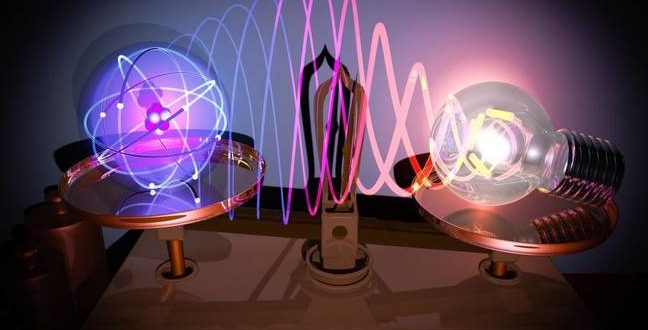Researchers at the University of Cambridge have created the smallest magnifying glass in the world that focuses light by a billion times to the scale of a single atom.
The team used highly conductive gold nanoparticles to make the world’s tiniest optical cavity, so small that only a single molecule can fit within it. The cavity – called a ‘pico-cavity’ by the researchers – consists of a bump in a gold nanostructure the size of a single atom, and confines light to less than a billionth of a metre. The results, reported in the journal Science, open up new ways to study the interaction of light and matter, including the possibility of making the molecules in the cavity undergo new sorts of chemical reactions, which could enable the development of entirely new types of sensors.
According to the researchers, building nanostructures with single atom control was extremely challenging. “We had to cool our samples to -260°C in order to freeze the scurrying gold atoms,” said Felix Benz, lead author of the study. The researchers shone laser light on the sample to build the pico-cavities, allowing them to watch single atom movement in real time.
“Our models suggested that individual atoms sticking out might act as tiny lightning rods, but focusing light instead of electricity,” said Professor Javier Aizpurua from the Center for Materials Physics in San Sebastian in Spain, who led the theoretical section of this work.
“Even single gold atoms behave just like tiny metallic ball bearings in our experiments, with conducting electrons roaming around, which is very different from their quantum life where electrons are bound to their nucleus,” said Professor Jeremy Baumberg of the NanoPhotonics Centre at Cambridge’s Cavendish Laboratory, who led the research.
The findings have the potential to open a whole new field of light-catalysed chemical reactions, allowing complex molecules to be built from smaller components. Additionally, there is the possibility of new opto-mechanical data storage devices, allowing information to be written and read by light and stored in the form of molecular vibrations.
Agencies/Canadajournal
 Canada Journal – News of the World Articles and videos to bring you the biggest Canadian news stories from across the country every day
Canada Journal – News of the World Articles and videos to bring you the biggest Canadian news stories from across the country every day



